Transient Response
Transient response in power supplies refers to how quickly and effectively the PSU stabilizes its output voltage during sudden changes in load demand, such as when a CPU or GPU increases its power draw. It’s measured by the time and voltage deviation during these shifts. A faster, smaller transient response ensures stable power, preventing instability or damage to components.
20% Load – 20ms
| Advanced Transient Response 20% - 50 Hz - No Caps | ||||
| Voltage | Before | After | Change | Pass/Fail |
| 12V | 12.118V | 11.951V | 1.37% | Pass |
| 5V | 5.007V | 4.901V | 2.12% | Pass |
| 3.3V | 3.375V | 3.217V | 4.70% | Pass |
| 5VSB | 5.067V | 5.016V | 1.01% | Pass |
50% Load -20ms
| Advanced Transient Response 50% - 50 Hz - No Caps | ||||
| Voltage | Before | After | Change | Pass/Fail |
| 12V | 12.083V | 11.975V | 0.89% | Pass |
| 5V | 5.001V | 4.910V | 1.82% | Pass |
| 3.3V | 3.368V | 3.205V | 4.84% | Pass |
| 5VSB | 5.028V | 4.985V | 0.86% | Pass |
The transient response could be more competitive at 12V. It is mediocre on the minor rails.
Transient Response ATX v3.1 Tests
[Note] For PSUs without a 12+4 pin connector, the maximum applied load for the transient response tests is 150%, rather than 200%.The PSU passes all ATX v3.1 transient response tests.
The 12V rail’s performance is above average in these tests.
Pages:
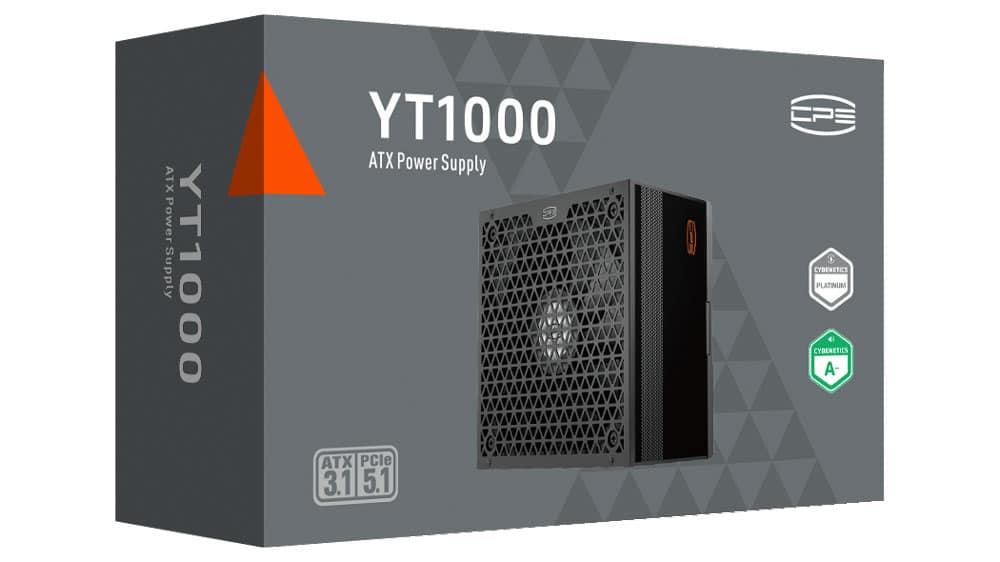
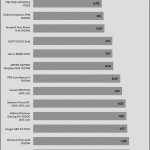
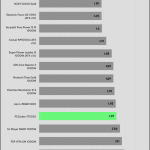
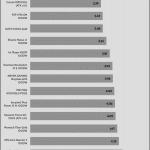
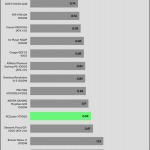
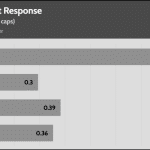
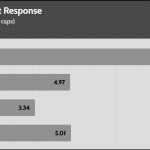
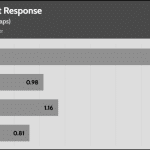
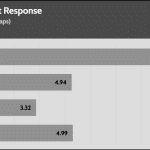
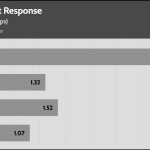
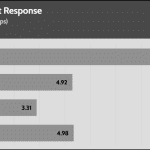
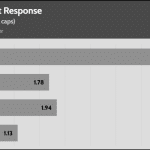
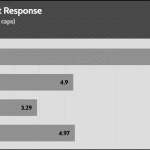
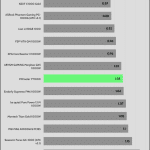
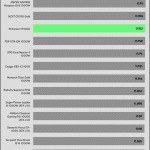
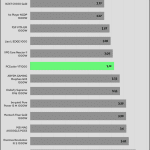
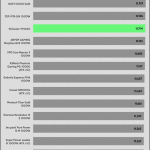
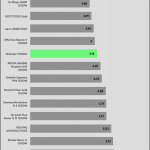
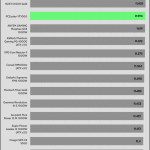
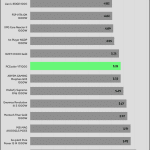
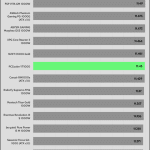


Average efficiency increased by only 0.3% compared to the YN series. Not impressive.